How to Patchwork: 7 Expert Tips on Patchworking Like a Pro

What is patchwork? Patchwork is a beautiful way to take scrap materials and pieces and turn them into a whole new piece of fabric. There are so many different ways to do it.
I’ll show you how to patchwork step by step and give you some tips to help make your patchwork project. You can combine colors, textiles, shapes, and sizes. It is also zero waste and utterly sustainable.
Make sure to save scraps from every project. Let's get started on how to patchwork!
Tools and materials:
- Fabric scraps
- Scissors
- Rotary cutter (optional)
- Paper
- Pen
- Ruler
- Needle and thread
- Sewing machine
1. Learn how to identify fabric grains
All woven fabrics have different grains: straight-line grain, cross-grain, selvage, and bias.
The straight grain is parallel to the selvage. Typically when you cut pattern pieces, you want to align them parallel to the selvage edge so they end up on a straight grain line.
The straight grain generally doesn’t have stretch.
The cross-grain tends to have a lot more give. If the fabric is woven with spandex, the cross-grain will have a lot more stress, making it a 2-way stretch fabric.
The bias line always has the most stretch, even if the fabric has the most spandex woven into it. You typically cut pattern pieces aligned with the bias when you want your design to be more draped and flowing.
Knit fabrics are knitted together using one continuous thread. This way the fabric stretches in every direction, making it a 4-way stretch fabric.
Stretch fabrics are a more popular material to use for patchwork since you can use the scraps in any direction without aligning the grain lines.
2. How to sew patchwork
If you’re using stretchy fabrics in patchwork, don’t use a straight stitch on the sewing machine when joining the pieces together.
It can restrict the fabric and cause your threads to break. Use a serger or overlock machine.
If you don’t have these, use a zigzag stitch on your regular sewing machine so the seams stretch together with the fabric.
3. Using leather in patchwork
Leather is a great alternative for patchworking. It has no grain lines because it’s a hide and not an actual fabric. You can use leather in any direction and don’t have to follow any grain lines.
4. How to use scraps
When using scraps, you may not know where the straight grain, cross-grain, or selvage are.
Pull on the scraps until you find the tightest area without stretch. That is the straight grain. It’s a good idea to mark it with a line on the wrong side of your fabric so you know where it is.
It’s best to use a medium-weight or knit fabric for patchwork when starting out.
5. Create the pattern
Prepare your pattern on paper so you know how your pieces will lay. For this tutorial I am making a triangular headscarf.
I cut out a piece of paper that’s 35 inches wide, folded in half, measured from the edge to the middle of the paper, until I measure 25 inches.
I drew a line connecting the ends and then cut.
Organize the scraps to find the largest piece to use first. Then fill in the smaller pieces. Continuously tug on the scraps to identify where the straight grain is. This helps makes the sewing so much easier!
6. Setting the fabrics together
Cut off any L-shaped edges to make it easy to connect the pieces. In this tutorial, I want the bottom edge to be on the bias so it will stretch around the head.
Place the bias line at the edge of the pattern and adjust the pieces as needed. Cut off any excess fabric along the pattern edges.
Leave enough fabric for seam allowance; typically ½ inch for sewing the pieces together.
One of the pieces in the headscarf ended up being on the bias instead of on the straight grain. If this happens to you, make sure one of the sides is on the straight grain to prevent the other edge from stretching.
If you align 2 bias edges together, the fabric stretches too much and the seams end up all lumpy.
Place all of the fabric pieces together on top of the pattern. Cut off all the excess pieces of fabric, pin everything together, and sew!
7. How to make patchwork jeans
Another way to do patchwork is to put fabric on top of fabric, like a pair of jeans.
If your jeans rips keep opening, snip off any strings in the holes.
Cut pieces of fabric into squares or other shapes. Arrange them all on the jeans in your desired pattern. Pin into place.
You can use your sewing machine but I find hand sewing a bit easier for this project.
Here are some patchwork garments I made from old jeans and denim jackets using both methods of patchwork.
Here is a leather jacket I made by taking apart old leather jackets and piecing them together.
How to patchwork
Here’s some more inspiration of how many different things you can patchwork! I hope my tutorial on how to patchwork helps you patchwork something beautiful today!
Enjoyed the project?
Suggested materials:
- Fabric scraps
- Scissors
- Rotary cutter (optional)
- Paper
- Pen
- Ruler
- Needle and thread
- Sewing machine
The author may collect a small share of sales from the links on this page.



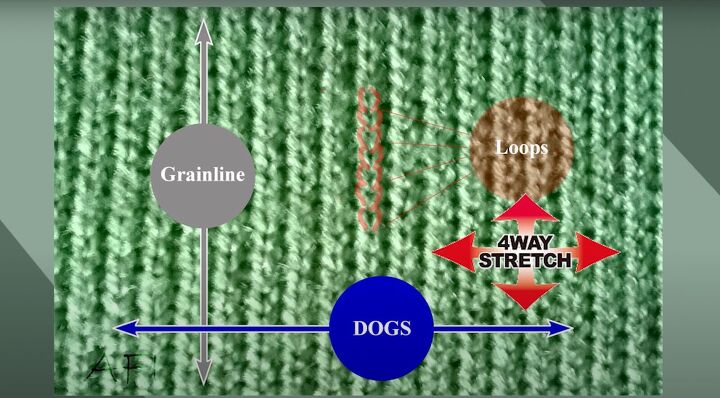






















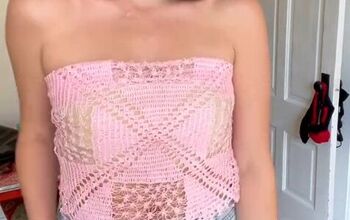
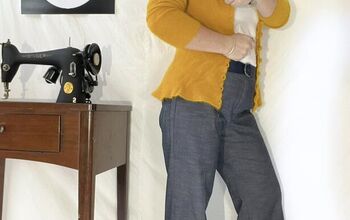

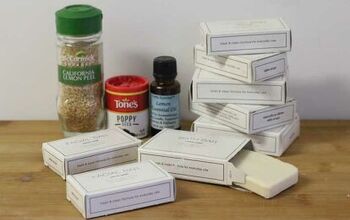
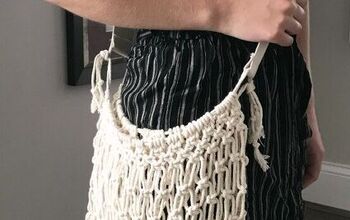
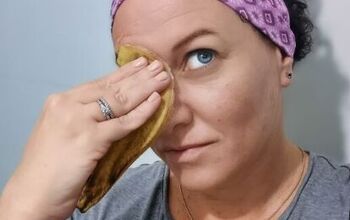
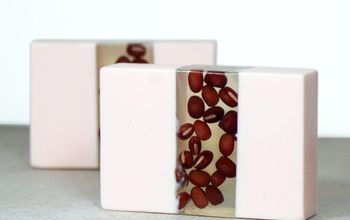

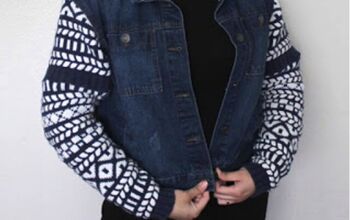


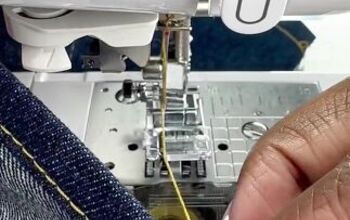
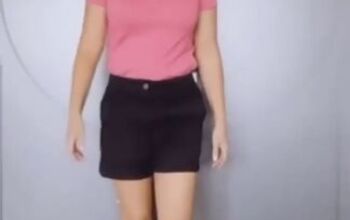
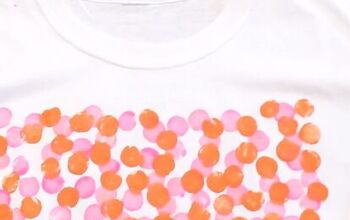


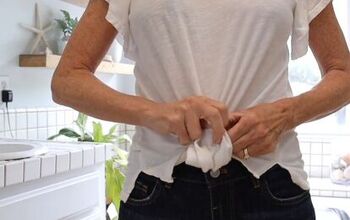

Comments
Join the conversation
VERYV, VERY well done tutorial. Thank you for taking the time to make, edit & post. I remember when young I used to patch my jeans with leather and suede and we used to see how long it would take to cover the whole pant. Wish I kept them.
Nice tutorial! Thanks for showing what 'could' happen.
Ty!